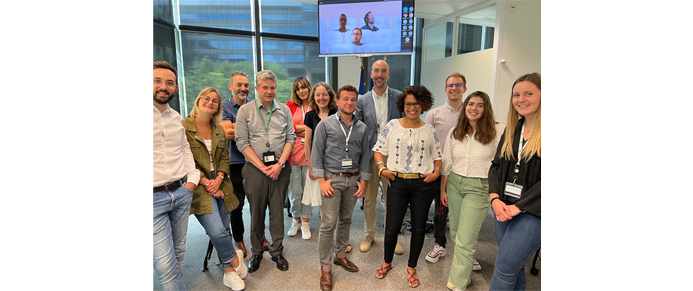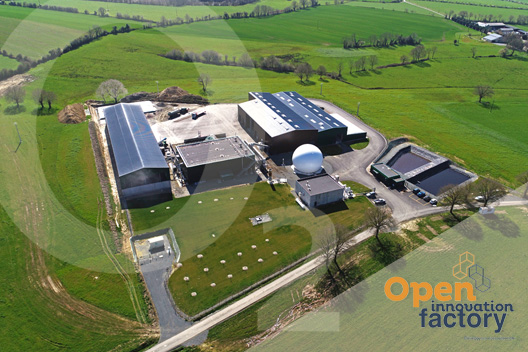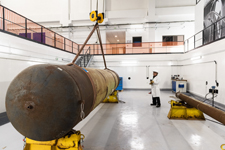Meeting with the 2022 Open Innovation Factory Winners

GRTgaz’s Open Innovation Factory was launched in 2016. Its aim is to find innovative operational responses to technical or cross-functional issues encountered by the business lines, and to support their implementation within the company. In 2022, a Call for Projects led by GRTgaz and bringing together GRDF, Teréga and Storengy was launched to address the following challenge: “How to reduce the O2 content of the biomethane in the gas chain?”
Fabien Michel, the founding director of VOLTIGITAL, an engineering and consulting company for innovative, low-carbon technologies, and Maroun Nemer, Director of the Mines Paris Tech Centre for Energy Efficiency of Systems, were the joint winners of this year’s edition. Two-person interview.
Why did you join forces to respond to the Call for Projects “Reducing the O2 content of the biomethane in the gas networks”?
Fabien Michel:
We have complementary areas of expertise. I was a winner of the 2019 Open Innovation Factory, and I have done a lot of work on renewable gases. So I was interested in taking part in this new edition. As part of the energy transition, the challenge was to identify solutions that reduce the oxygen content of biogas. I envisioned a project that includes a digital component, if possible. But I lacked the scientific and technological skills. So I approached Maroun, whose research deals in particular with decarbonation and biogas. We are extremely proud to have risen to the challenge and won the Call for Projects!
What does your solution involve?
Maroun Nemer:
Oxygen is present in biogas for two reasons: via the air that enters along with the inputs, but mainly when it is injected into the methanizer to remove the hydrogen sulphide produced during the biogas production process. However, experience tells us that it is very difficult to find alternative desulphurisation solutions to oxygen. So Fabien and I looked for a way to tackle with the problem at source. The idea was to develop a “smart” system allowing us to inject the minimal amount of oxygen required to remove the hydrogen sulphide. To do this, we used Artificial Intelligence, digital modelling and advanced predictive control. We estimate that our system could reduce the volume of oxygen injected into biogas, which is currently approaching 3,000 ppm, to just 100 ppm.
What are the next steps?
Maroun Nemer:
Over the next 15 months, we will continue the scientific and technological development of our “smart dosing” system. Our aim is to optimize the settings and set up a pilot.
Fabien Michel:The next step will seek to eliminate all oxygen residues from the biogas – a step that will of course involve some physical equipment. Then we will move into an industrial development phase. Our goal is to offer an implementable, affordable solution for the sector and for applications targeting the situation on the ground.

Congratulations to the five recipients of the Special Mention Jury Award!
As part of the Open Innovation process, two special accolades recognise the richness and relevance of this edition’s proposals:
A “Special Mention Jury Award” went to:
And a “Start-up Special Mention” was awarded to Bioxegy.
Pour aller plus loin

Open Innovation Factory 2022: here we go!
